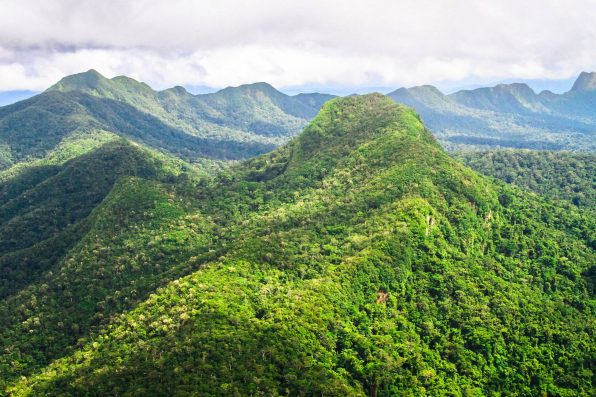While divers were searching for Maya artifacts in 2014, they came across the remains of an ancient giant sloth in a deep sinkhole in Cara Blanca, Belize.
They managed to retrieve fossils of the creature’s humerus, femur, and tooth from the sinkhole.
Researchers studied the tooth to figure out details about the now-extinct sloth’s diet, death, and environment. They wanted to learn more about how prehistoric megafauna disappeared.
Giant sloth teeth can be tough to analyze because they are often fossilized, meaning that much of the original bone and tissue has been replaced by minerals.
This particular tooth also did not have any enamel that the scientists could use to learn about the sloth’s diet.
So, they had to turn to a new technique to investigate the four-inch tooth fragment. They extracted 20 samples from a dense type of tissue called orthodentin, which was largely intact in the sloth tooth.
The sloth is believed to have been 13 feet tall, up to 20 feet long, and weighed around 14,400 pounds. The fossils were about 27,000 years old. Their age gave the researchers a clue regarding its habitat.
Today, the region of central Belize where the sloth was found is covered with dense tropical forests. At the time that the sloth was alive, the area was an open savanna.
After analyzing stable carbon and oxygen isotopes in the dental tissue, the researchers determined that the sloth had been eating an assortment of vegetation in the last year of its life. Back then, the climate was fluctuating between short, wet periods to long, dry periods.

Sign up for Chip Chick’s newsletter and get stories like this delivered to your inbox.


